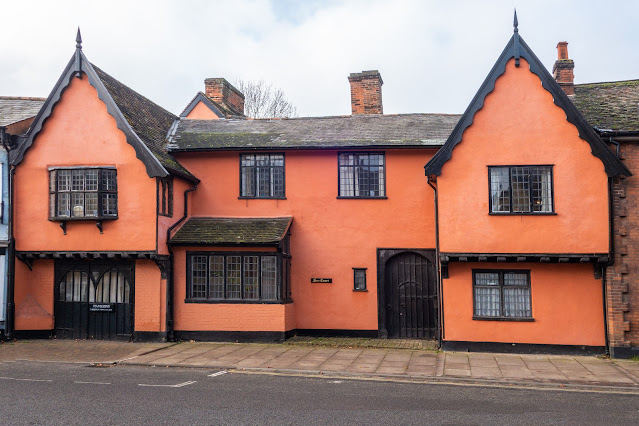Studland, Poole in Dorset
Today was a visit to Studland for a circular walk along Ballard Down and back through the heathland. This is one of my favourite walks and a must if in the area.
Ballard Down offers some of the best downland habitat in southern England and is home to many butterfly species, including Adonis blue and chalkhill blue. This one I believe is a Chalkhill Blue.
The stunning views along Studland Bay
Canoeists having fun along Studland Bay
Standing tall at the southern end of Studland Bay is one of the most famous landmarks on the South Coast – Old Harry. How Old Harry got his name is hotly debated. Some say it is linked to the Devil who, legend had it, once took a nap on the summit.
Others claim he is named after the notorious Poole pirate Harry Paye who terrorised the English Channel in the 14th century. It is said Harry’s ship used to lurk behind the rocks ready to pounce on passing merchantmen.
Whatever the truth, the bridleway from Studland village to Old Harry and Ballard Down beyond is today of the best loved walks in Dorset, and is also popular with mountain bikers and horse riders.
Until 1896 there was another stack beside him known as Old Harry’s Wife, but erosion caused her to tumble into the sea, leaving just a stump.
Shall I - shan't I?
Daucus carota, whose common names include wild carrot, bird's nest, bishop's lace, and Queen Anne's lace
Ballard Down - the walk is spectacular and it`s easy to see why it is one of the favourite walks on the Dorset coast.
Orchids on Ballard Down
Stone seat seen near the junction of two paths, at the top of Studland Hill. At one end is an inscription that appears to read "D.J. 1852"
The obelisk at Ballard Down commemorates the provision of a new supply of drinking water for Swanage in 1883. It was taken down in 1941 as it was a landmark that might have aided enemy aircraft during World War II, but was re-erected in 1952.
Some of the best views of the heath sweeping down to the shores of Poole Harbour are from the dramatic Agglestone – a 400 tonne rock sitting alone on a hill as if a giant had dropped it there.
So out of place does it seem that legend suggests it was placed there by supernatural forces. It is said the Devil was sitting on The Needles when he saw Corfe Castle being built. He was so offended by the beautiful white tower of the Norman keep that he threw his cap at it: the missile fell short, however, and became the Agglestone.
Legend aside, the 17-foot rock is thought to be part of a band of ironstone which crosses the heath, also including the nearby and much smaller Puckstone.
When you arrive here you know you are not far from the end of your walk.
A closer view of Agglestone

















Comments